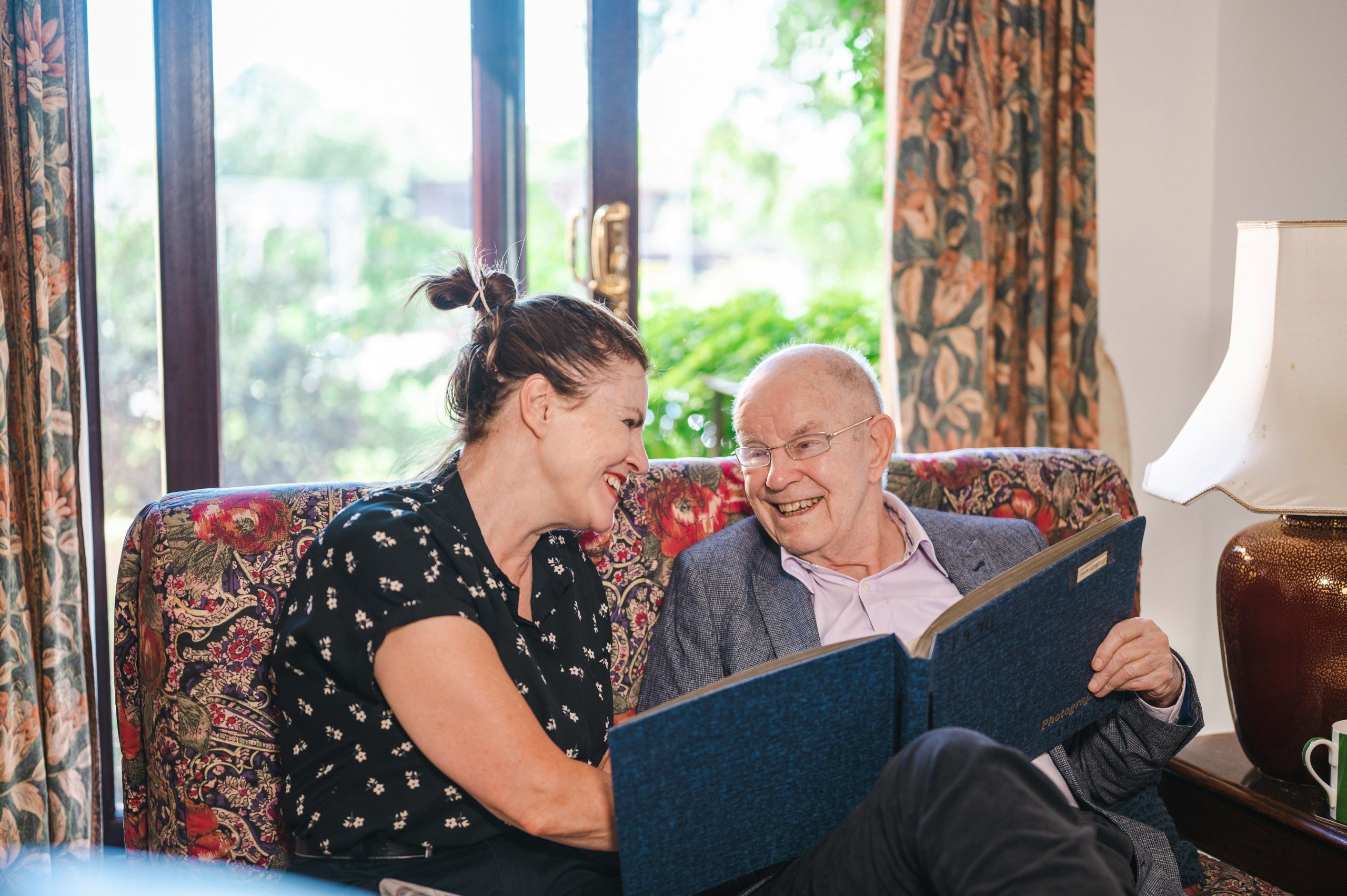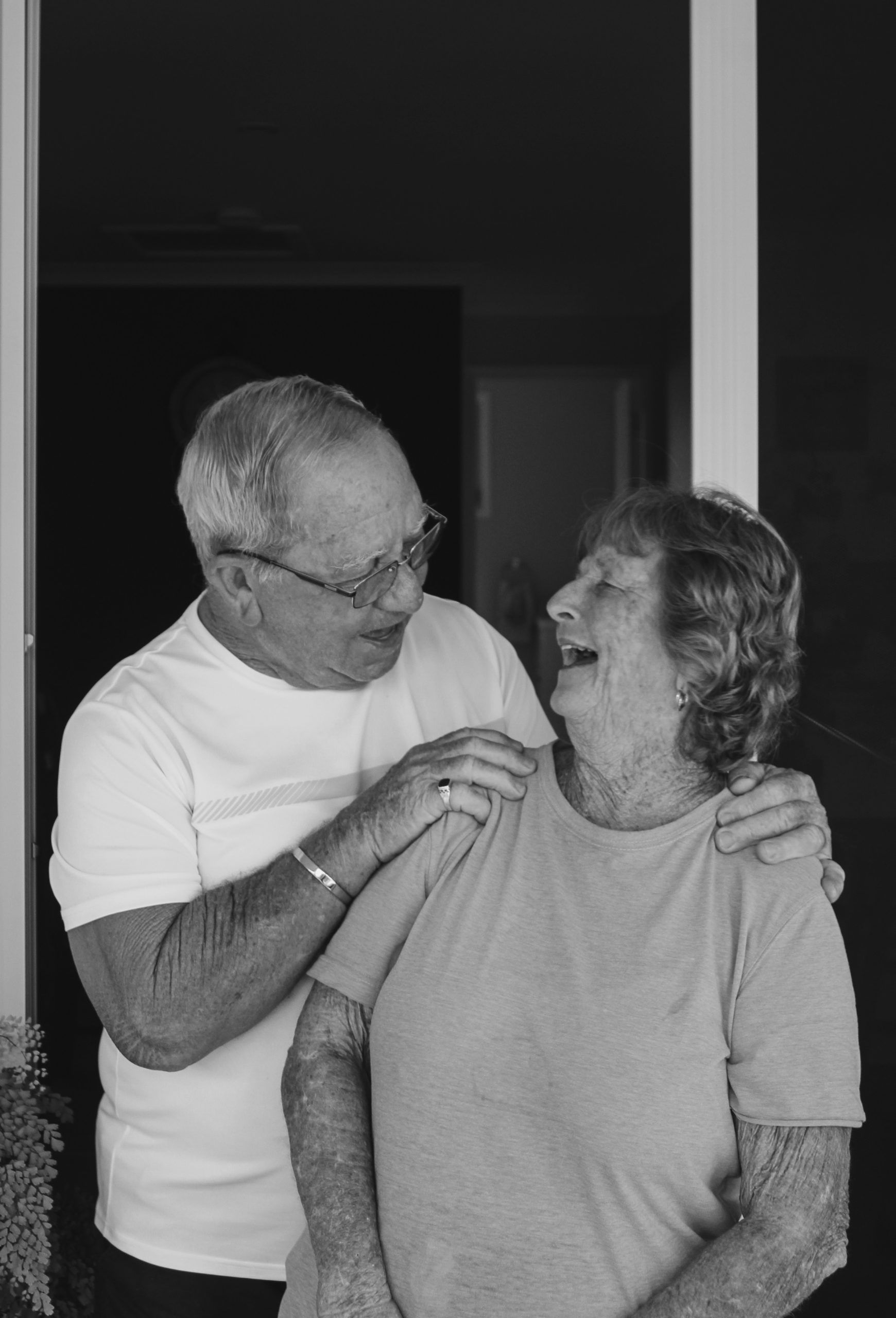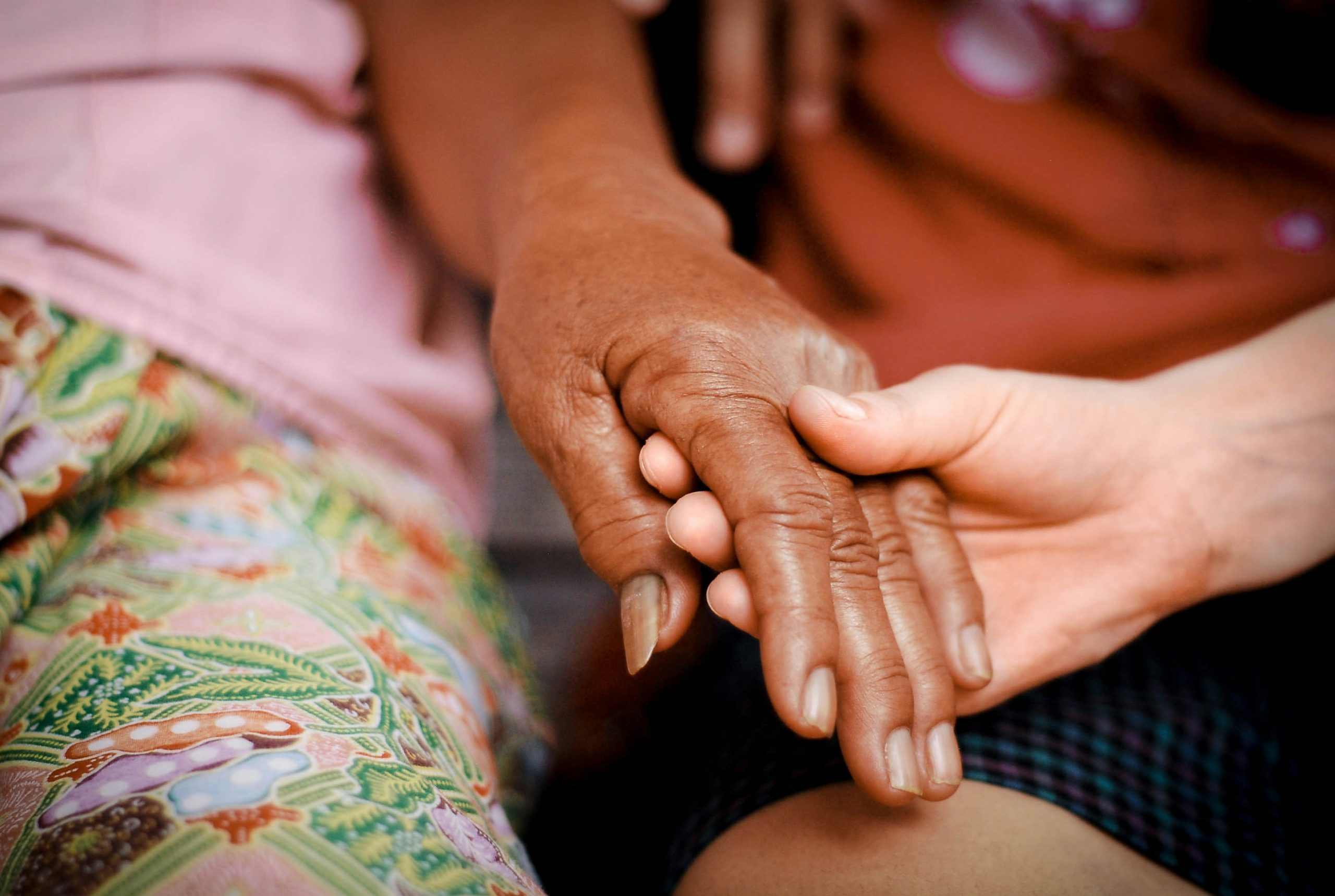You may not have a paint-splattered apron or a shelf full of sketchbooks, but trust me—you’re already an artist.
If you’ve ever had to find a new way to coax someone into eating dinner, turned a stressful bedtime into a soothing ritual, or danced around a meltdown with the grace of a Broadway understudy—you’re creating. Daily. Relentlessly. And with more imagination than most people realize.
Let’s break it down.
1. The Creativity of Daily Improvisation
Caregiving is one big improv show (minus the spotlight and with a lot more laundry).
You’re constantly adjusting to moods, needs, changes in the weather, changes in medication, changes in reality. That’s not just caretaking—it’s creative problem-solving at its finest.
- Can’t use the blue plate today because it reminds them of their late brother? Cool. You grab the red one.
- Won’t take meds unless you turn it into a game? You’re on it—call you the Pill Ninja.
- Forgot what day it is (again)? You build a new reality that keeps them calm and connected.
None of that comes from a script. It’s on-the-spot brilliance that takes patience, intuition, and yes—creativity.
Even the smallest acts count:
- The way you encourage them to explore the silliest business idea while you are sitting in the doctor’s office to make the time go by faster.
- The routine you invented that helps them feel safe every morning.
- Their favorite song you hum during bath time to make it less scary.
That’s not just surviving. That’s creating safety and meaning out of chaos.
You’re already doing that.
Every time you offer compassion instead of correction, or shift your tone to match their mood, you’re using deep emotional intuition—something artists rely on constantly.
Caregiving literally rewires your empathy muscles. It tunes you in, makes you present, and asks you to find beauty and meaning in moments most people miss.

2. Emotional Flexibility is Artistry
Ever felt like you’ve lived five emotions in one afternoon? Yeah—me too.
Caregiving asks you to be emotionally bilingual: steady when you’re falling apart inside, soft when you’re exhausted, patient when you’re boiling over. That kind of emotional dexterity? It’s art in motion.
Artists are trained to tap into emotion and translate it into something that resonates.
You’re already doing that.
Every time you offer compassion instead of correction, or shift your tone to match their mood, you’re using deep emotional intuition—something artists rely on constantly.
Caregiving literally rewires your empathy muscles. It tunes you in, makes you present, and asks you to find beauty and meaning in moments most people miss.
3. Small Acts, Big Impact
Let’s call it what it is: you’re performing little miracles all day long.
- The way you redirect them in a meltdown = improv.You’re quick on your feet, adapting without a script.
- The calm tone you use to soothe agitation = performance.That’s voice modulation and emotional attunement, baby.
- The way you pick the perfect music for their mood = sensory art.You’re creating atmosphere, evoking memory, crafting experience.
These aren’t just tasks—they’re tiny, powerful expressions of creativity. You make something new every day in how you connect, calm, and comfort.


4. How to Lean Into It
Here’s the secret: you don’t have to “make art” to be creative.
Start noticing the artistry already baked into your day. Ask yourself:
- Where did I adapt today?
- What moment felt like a little win, even if no one else noticed?
- What creative workaround did I come up with this week?
You might also try:
- Keeping a “tiny triumphs” journal to track creative moments.
- Sharing your go-to hacks with other caregivers (creativity loves community).
- Turning routines into rituals—like lighting a candle before bed, or singing a “good morning” song.
When you notice it, you own it. And when you own it, you start to see how powerful it really is.
Conclusion: You’re Already an Artist
You don’t need to sculpt, paint, or write poetry to be a creative person.
Caregiving is creativity.
It’s connection. Improvisation. Empathy. Emotional fluency. Presence.
So next time someone says, “Oh, I’m not a creative type,” you can smile and say,
“Try caregiving for a week. Then we’ll talk.”
Want to explore and use your creativity while you are caregiving? Stay tuned for upcoming open studio sessions designed just for dementia caregivers (no art experience required—just bring your badass self).
💌 Join my email list for early access and creative prompts.
Recent Comments